Commercial buildings face growing pressure to meet EPC requirements while aligning with net-zero targets. Heating and cooling systems typically dominate energy use, making them the best lever for decarbonisation, operating-cost reduction, and better asset performance.
In the UK, a large share of non-domestic property has historically relied on gas, and many sites still operate legacy warm-air or radiant systems. Small, well-targeted HVAC improvements can materially lift EPC ratings without compromising comfort.
EPC assessors often encounter legacy floor-standing and suspended warm-air heaters fired by natural gas, LPG, or oil. Owners then face a choice between removing heat entirely, keeping inefficient systems, or investing in smarter, lower-carbon alternatives that protect compliance and business continuity.
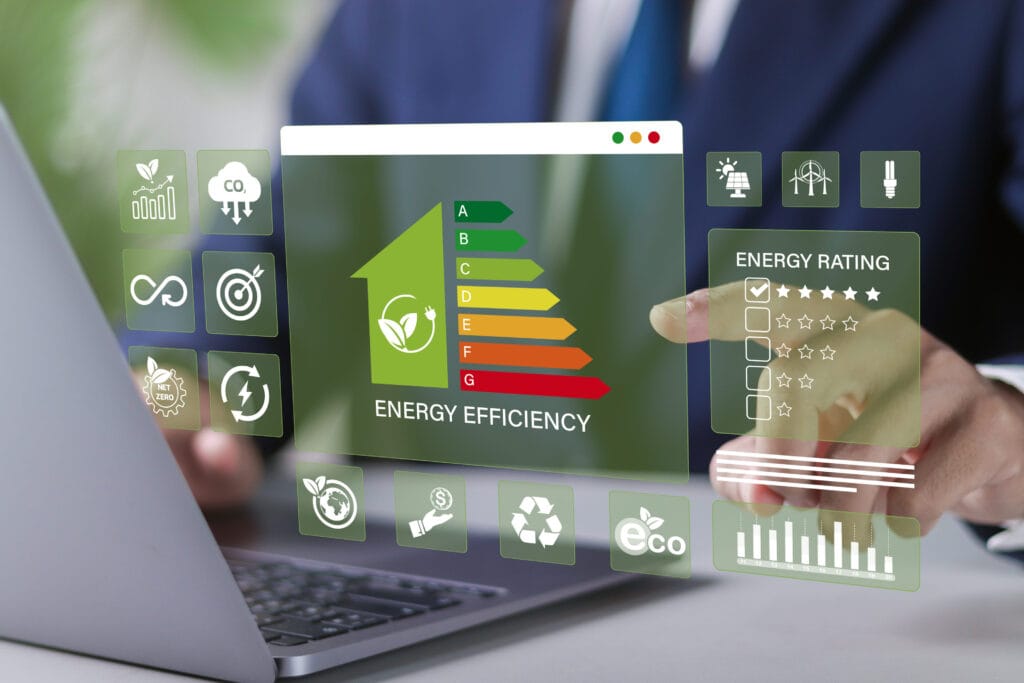
A practical pathway replaces fossil-fuel heat with efficient electric technologies, corrects building-physics losses such as stratification, and adds intelligent controls for scheduling, zoning, and monitoring.
Modern electric unit heaters provide compact, reliable heat with straightforward installation for industrial and commercial spaces. Units such as the LEC series are available from 5–40 kW, making them suitable as like-for-like replacements where warm-air distribution is preferred.
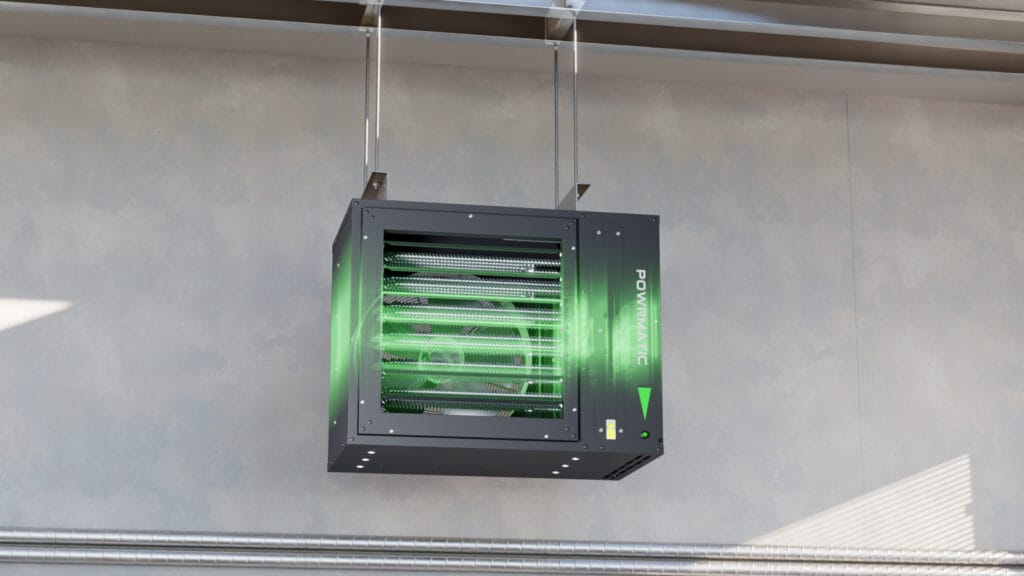
Heat pumps are the anchor technology for decarbonising space heating. Unit-heater style systems such as Eeco-X (approx. 15–30 kW, R32 refrigerant) can directly replace traditional gas unit heaters, delivering high seasonal efficiency and lower carbon intensity.
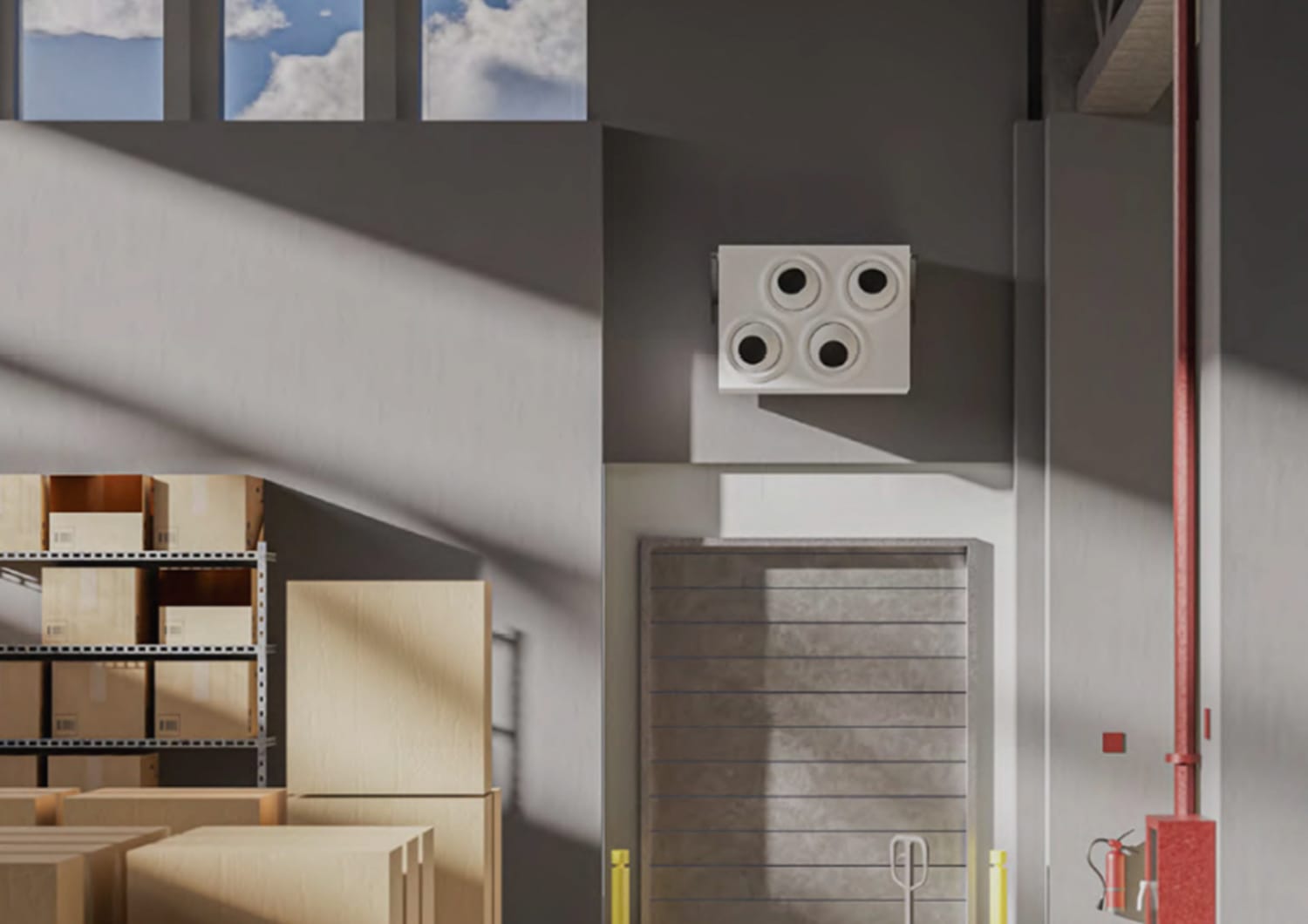
Electric quartz infrared systems focus heat on people and work areas rather than the air volume, ideal for spot and zonal heating in high-bay spaces. In appropriate applications, targeted radiant can significantly cut energy use while improving comfort.

Warm air pools at the roof in high-ceiling buildings. Destratification fans gently recirculate that heat to the occupied zone, evening temperatures and reducing run-hours for heaters. Typical savings can be meaningful on annual utility spend.
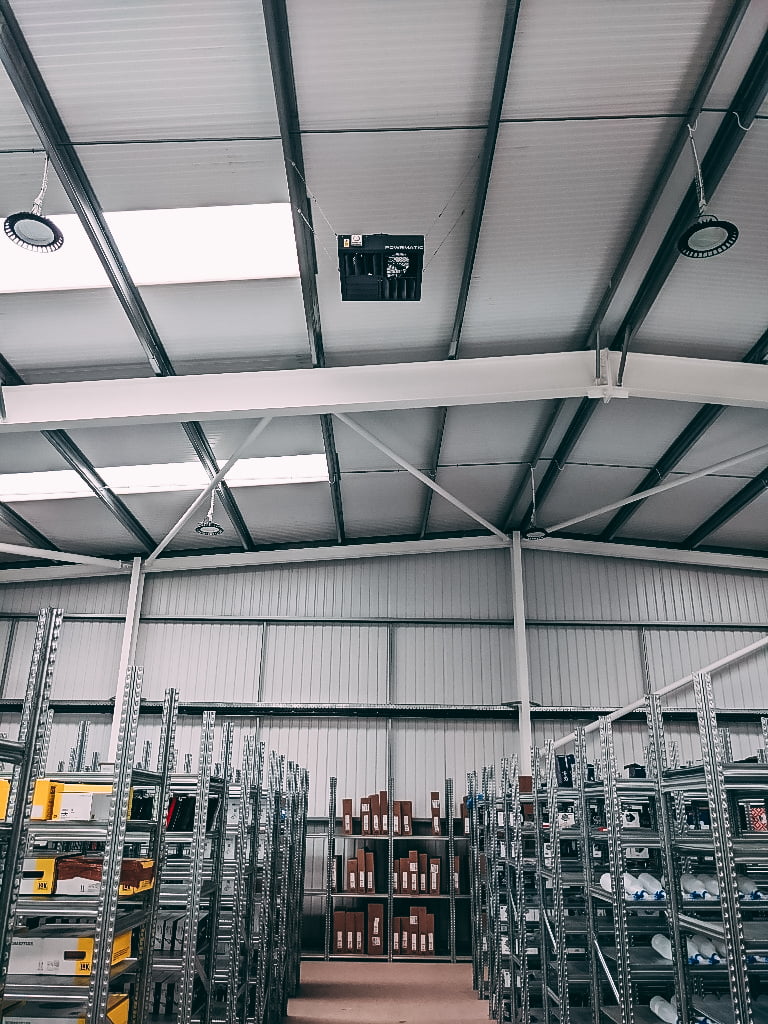
Industrial and commercial doorways are a major source of heat loss, especially in warehouses, logistics hubs, and retail environments with frequent traffic. Door curtains, also known as air curtains or strip curtains, create an invisible or physical barrier that prevents warm air escaping and cold air entering. This reduces the load on heating systems and stabilises indoor conditions.
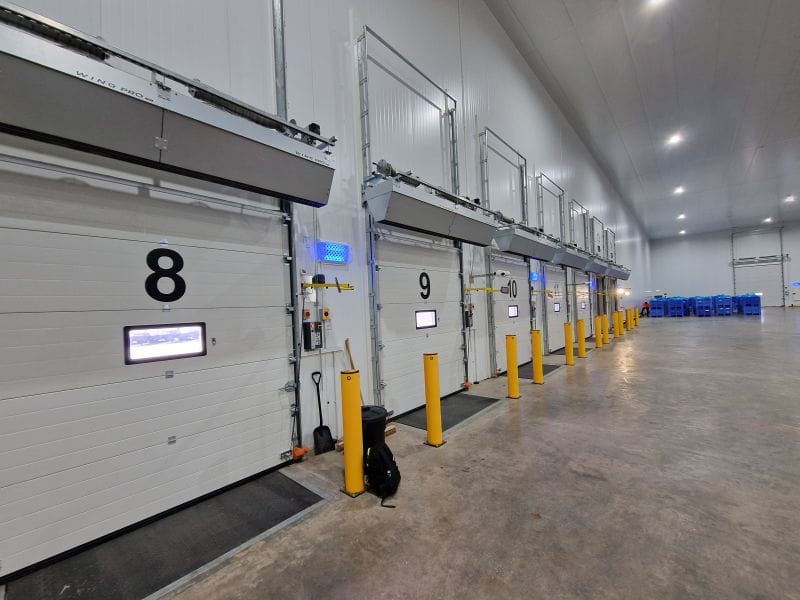
Scheduling to occupancy, smart thermostats, zone control, and continuous monitoring help ensure systems operate only where and when needed. Better control reduces energy waste, extends equipment life, and provides the data EPC assessors need for confident modelling.
For gas-heated sites that cannot electrify immediately, transitioning compatible equipment to renewable fuels such as Bio-LPG can reduce carbon intensity while planning a staged migration to electric solutions.
A net-zero ready retrofit blends electric unit heaters, heat pumps, and electric radiant with destratification and intelligent controls. The result is lower carbon, lower operating costs, and stronger EPC outcomes without sacrificing comfort or productivity.
Powrmatic has over 75 years of HVAC expertise and a UK-wide network of engineers to support EPC assessors, landlords, and facility managers. From free site surveys and technical submittals to design, specification, installation, and maintenance, we make upgrading HVAC systems simpler, more compliant, and net-zero ready.
Contact our team today to discuss your project: